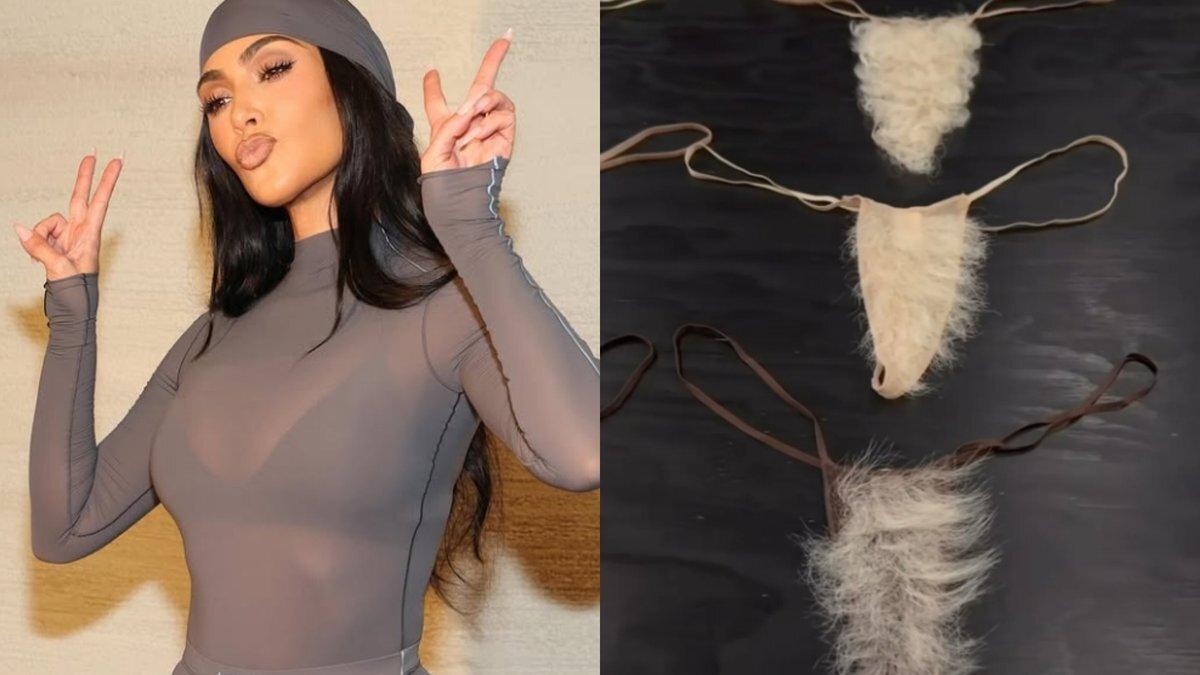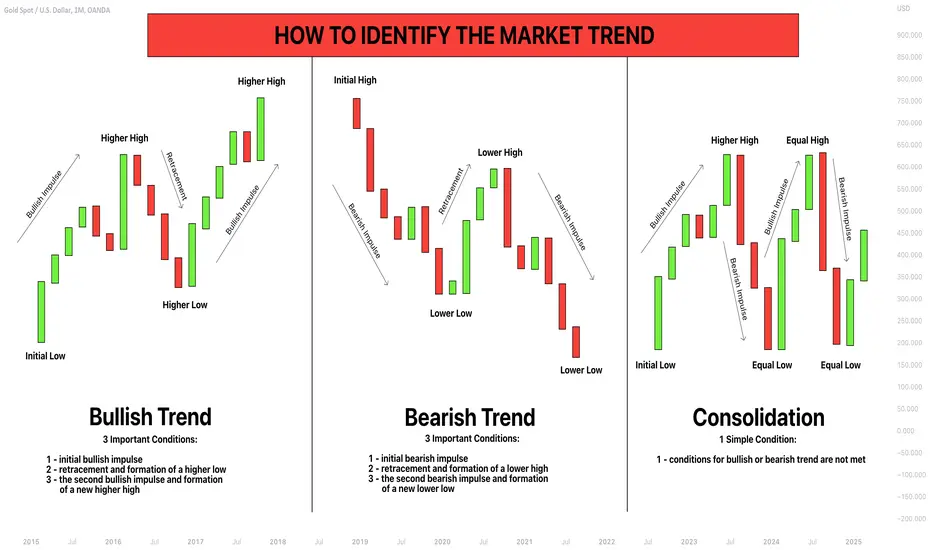Kim Kardashian’s wore Hair Bra Dress & SKIMS Faux Hair Underwear – When Hair Becomes Fashion

Kim Kardashian’s viral hair bra dress and SKIMS “Full Bush” collection reveal a bold new phase in fashion where hair itself becomes fabric. Discover the meaning, culture, and business strategy behind the trend reshaping beauty and identity.
When Hair Becomes Fashion: How Kim Kardashian, SKIMS & the Rise of Hair-Material Style Are Redefining Modern Beauty.
Introduction: The Night the Internet Lost Its Hair (and Mind)
When Kim Kardashian stepped out in a bra made entirely of hair, the world paused mid-scroll. Cameras flashed, TikToks looped, and memes multiplied. To some, it was absurd; to others, a stroke of avant-garde genius. But whether you gasped or applauded, one thing was undeniable — Kardashian had once again blurred the line between shock and style.

Just weeks later, she did it again — this time not on the red carpet but through SKIMS, her billion-dollar shapewear brand. The “Full Bush Faux Hair Underwear” collection launched with a cheeky campaign that asked, “Does the carpet match the drapes?” Within hours, the internet ignited in debate. Critics called it ridiculous; fans called it iconic.
But beneath the buzz lay something deeper: a cultural conversation about body hair, beauty standards, and fashion’s evolving relationship with what we hide — and what we choose to reveal.
1. The Hair-as-Material Movement: From Runways to Real Life
Hair has always carried meaning — identity, sexuality, power. Yet using hair as material is something that feels at once primal and futuristic. Designers from London to Lagos have begun exploring it, from human-hair corsets to braided textiles, as a way of blending craft, rebellion, and sustainability.
1.1 Hair Through History
The concept isn’t entirely new. In Victorian times, locks of a loved one’s hair were woven into jewelry as tokens of remembrance. In modern couture, designers such as Alexander McQueen and Iris van Herpen have flirted with the uncanny texture of hair-like materials, using it to evoke both beauty and discomfort.
Kardashian’s look — a sculpted bra and skirt crafted from glossy braided strands — felt like a high-fashion remix of those traditions. Designer Dilara Findikoglu called it “a celebration of womanhood and the body’s natural adornment.” Vogue described it as “a reminder that fashion can still shock in an age of overexposure.”

1.2 Why Hair, and Why Now?
The resurgence of hair as fabric reflects a deeper cultural shift. After years of hyper-sanitized beauty ideals — glass skin, laser removal, contour perfection — we’re witnessing a counter-movement that celebrates imperfection and texture.
On social media, Gen Z is reclaiming “realness”: freckles, cellulite, and yes, body hair. The “Full Bush” conversation isn’t just provocation; it’s part of a larger reckoning with what femininity looks like in 2025. Fashion is responding — sometimes tongue-in-cheek, sometimes dead serious.
2. The Case Study: Kim Kardashian’s Hair Bra Dress
In October 2024, Kardashian arrived at her 44th birthday dinner in London wearing a barely-there creation that looked equal parts sculpture and satire. The hair bra dress — braided chest cups, matching skirt, and sleek strands cascading down her frame — was instantly polarizing.
Some critics saw brilliance. Others saw a publicity stunt. But everyone saw it.
The genius of the moment wasn’t just aesthetic; it was strategic. Kardashian understands the modern fashion cycle better than anyone: the fastest way to dominate culture is to dominate attention.
As Barstool Sports quipped, “Mind-bottling fashion — I never thought I needed this, but now I can’t unsee it.” That mix of mockery and fascination is precisely the space Kardashian thrives in. Every gasp, every tweet, every headline fuels the next product drop.

3. The SKIMS “Full Bush” Collection: Shock, Strategy & Subtext
A few days later, SKIMS released something few expected: underwear lined with faux pubic hair. The product names — “Full Bush Micro Thong,” “Natural Trim High Cut,” and “Barely There Brief” — seemed designed to both amuse and scandalize. The campaign mimicked a vintage game show, complete with a host asking contestants that cheeky question.
3.1 Marketing Brilliance
Behind the humor lay a textbook case of viral marketing. Kardashian took two taboos — body hair and underwear — and packaged them in SKIMS’ signature minimal-glam aesthetic.
People Magazine quoted Kardashian saying:
“We wanted to normalize conversation around what’s natural. Whether you’re clean-shaven or full-bush, SKIMS has you covered — literally.”
Within 48 hours, the collection was trending in 23 countries and selling out of key sizes.
Tyla reported that fans were “divided,” with one commenter calling it “revolutionary” and another “disturbing.” Either way, the message was clear: SKIMS had once again turned controversy into commerce.

3.2 The Psychology Behind the Shock
Why does something as natural as body hair provoke such strong reactions? Psychologists note that beauty norms are tied to control: the smoother the surface, the more “disciplined” the body appears. By selling faux hair, SKIMS cleverly inverts that logic — it lets consumers play with the idea of rebellion without actually breaking hygiene or aesthetic conventions.
It’s fashion as performance art — a safe rebellion, pre-approved by luxury packaging.
4. Beyond the Buzz: What This Trend Says About Us
4.1 Body Hair Politics
Body hair has long been political. From the feminist movements of the 1970s to recent TikTok trends like #FullBushEra, every wave of visibility redefines femininity. In 2025, when gender fluidity and authenticity dominate youth culture, embracing hair (real or faux) becomes a subtle act of autonomy.
Kardashian’s move — commercializing that autonomy — mirrors how pop icons often translate counter-culture into mainstream, monetizable moments.
4.2 Cultural Symbolism
In many African and diaspora traditions, hair carries spiritual significance. Braiding isn’t merely aesthetic; it’s narrative — a living archive of identity and heritage. The idea of wearing hair on the body, not just the head, can therefore evoke layered meanings: power, sensuality, ancestry.
For African audiences, the concept of hair as art isn’t shocking — it’s ancestral. What Kardashian’s version does is globalize that visual language through celebrity spectacle.

4.3 Material Innovation & Sustainability
Hair-like fibers also represent an eco-innovation frontier. Designers increasingly experiment with biodegradable or recycled materials that mimic human texture without the ethical issues of real hair sourcing.
By pushing faux-hair fashion into mainstream consciousness, SKIMS indirectly spotlights material diversity — a valuable conversation as the industry races toward sustainability goals.
5. The Business of Shock: How Kim Turns Attention into Empire
Every Kardashian controversy doubles as a marketing funnel. What sets Kim apart is her ability to own the narrative before it owns her.
When critics accused SKIMS of “trying too hard,” she responded on Instagram Stories:
“Fashion should make you feel something — even if that something is confusion.”
That confidence defines her empire. From shapewear to skincare, every SKIMS campaign blends taboo with relatability. Analysts estimate the brand’s valuation exceeded $4 billion USD in 2025, proof that calculated audacity pays.
For emerging entrepreneurs, the takeaway is clear:
-
Find your niche.
-
Stir curiosity.
-
Deliver quality that outlasts the meme.
6. The Global Hair Aesthetic: From Hollywood to Lagos
While Kardashian’s bra-made-of-braids dominated Western feeds, hair fashion has been thriving across Africa for years. Lagos, Accra, and Johannesburg fashion weeks have all featured collections weaving human-hair extensions, synthetic braids, and recycled fibers into garments and accessories.
Designers like Lisa Folawiyo and Mowalola Ogunlesi experiment with texture and identity in ways that parallel, and often pre-date, Western “discoveries.” For Nigerian audiences, the question isn’t whether hair belongs in fashion — it’s how we tell our own stories through it.
Your readers can therefore view Kardashian’s spectacle not as invention but as translation — a Western echo of African innovation.

7. How to Engage with the Trend
Whether you’re a stylist, brand owner, or curious fashion lover, here are ways to interpret the hair-material movement authentically:
7.1 For Designers
-
Experiment with synthetic or plant-based fibers that mimic hair texture without ethical concerns.
-
Draw inspiration from traditional braiding techniques.
-
Collaborate with hairstylists — they are fiber artists in their own right.
7.2 For Consumers
-
Understand context: wearing hair-textured pieces can spark conversation; be ready to explain the art, not just the look.
-
Prioritize comfort and quality; faux-hair fabrics can trap heat or moisture if poorly made.
-
Support local designers exploring sustainable, culturally rooted versions of the trend.
7.3 For Marketers
-
Learn from SKIMS’ approach: bold visuals, humor, clear message.
-
Anticipate backlash; controversy spreads faster than clarity.
-
Anchor every campaign in purpose — what conversation do you want to start?
8. Ethics, Boundaries & The Fine Line Between Art and Gimmick
The fashion world thrives on provocation, but not all shock is progress. When hair — a symbol tied to race, gender, and religion — becomes aesthetic material, sensitivity matters.
Before brands adopt such motifs, they must consider:
-
Cultural origin: Are you referencing or appropriating?
-
Sourcing: Is the material ethically produced?
-
Message: Are you celebrating diversity or mocking it?
Kardashian’s hair bra dress works partly because it’s self-aware. It’s both parody and homage. That duality — knowing when to wink — separates art from gimmick.
9. The Future of Hair Fashion
Expect to see hair textures continue to influence design — not just in couture but in everyday wear, accessories, and even architecture (biomimetic materials that mimic follicles). As sustainability pushes the industry to rethink textiles, hair-like fibers could become both functional and symbolic: soft yet strong, organic yet engineered.
Virtual fashion, too, is embracing texture realism; hair simulations in digital garments give avatars lifelike motion. Even in the metaverse, we can’t escape our roots.
Conclusion: Beyond the Shock, Toward Substance
Kim Kardashian’s hair-bra bra and SKIMS Full Bush Underwear may look like stunts, but together they mark a turning point. They show how fashion, commerce, and culture now merge in a single viral moment — one that questions what’s natural, what’s beautiful, and what’s sellable.
Hair — once something to tame — is becoming something to celebrate.
For the modern fashion audience, the challenge isn’t to copy Kardashian’s look but to understand the statement behind it: authenticity has texture.





